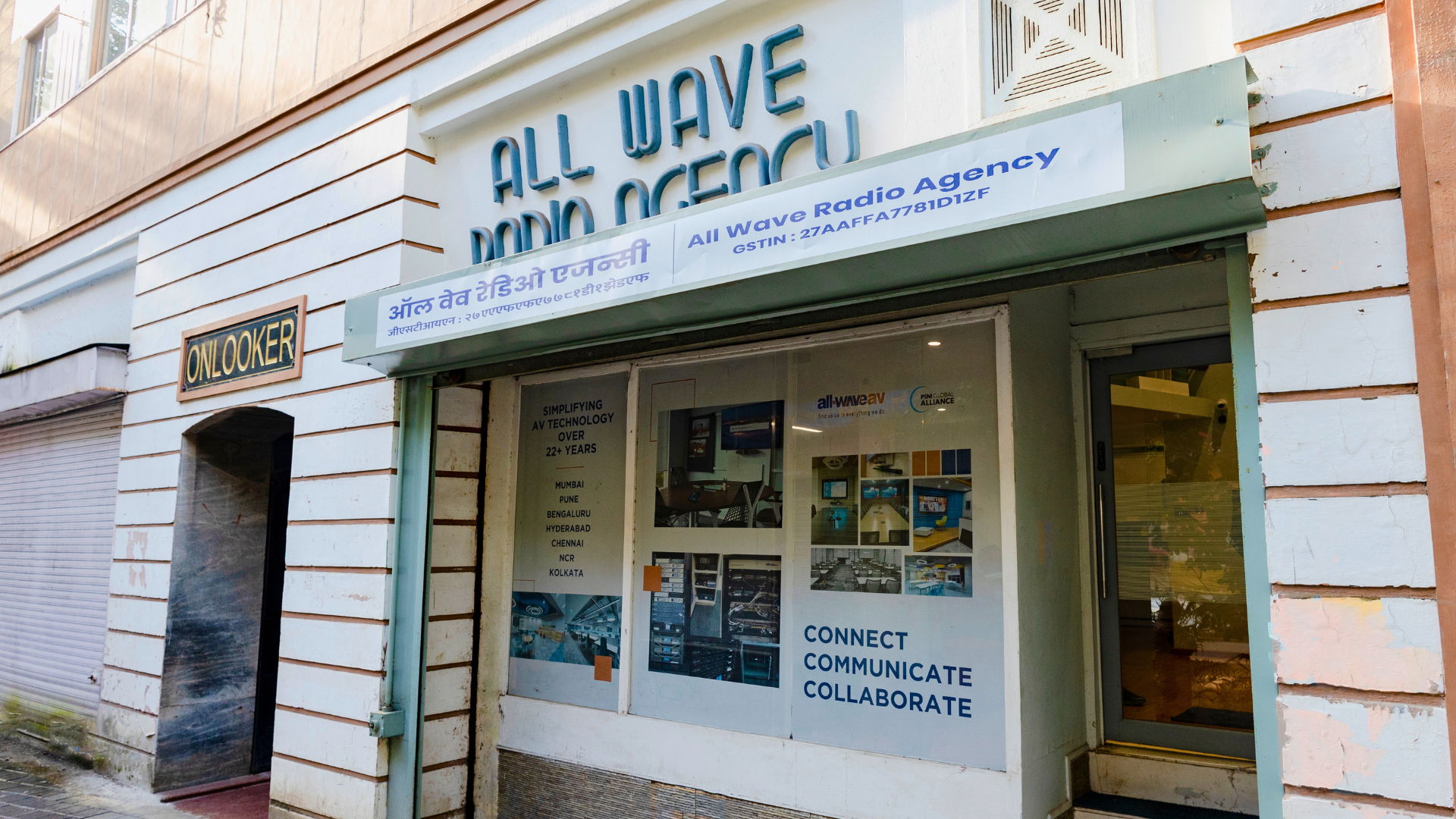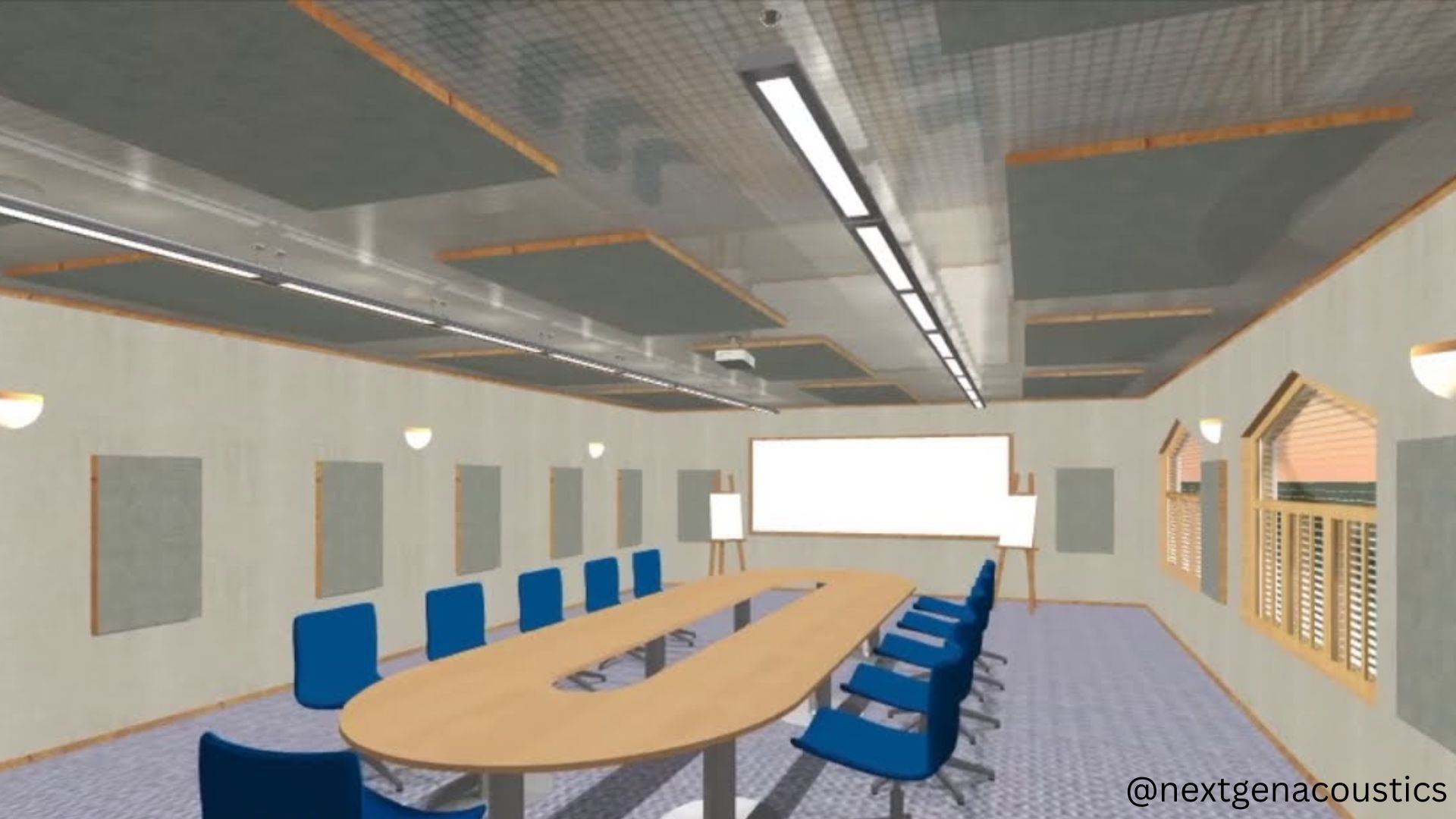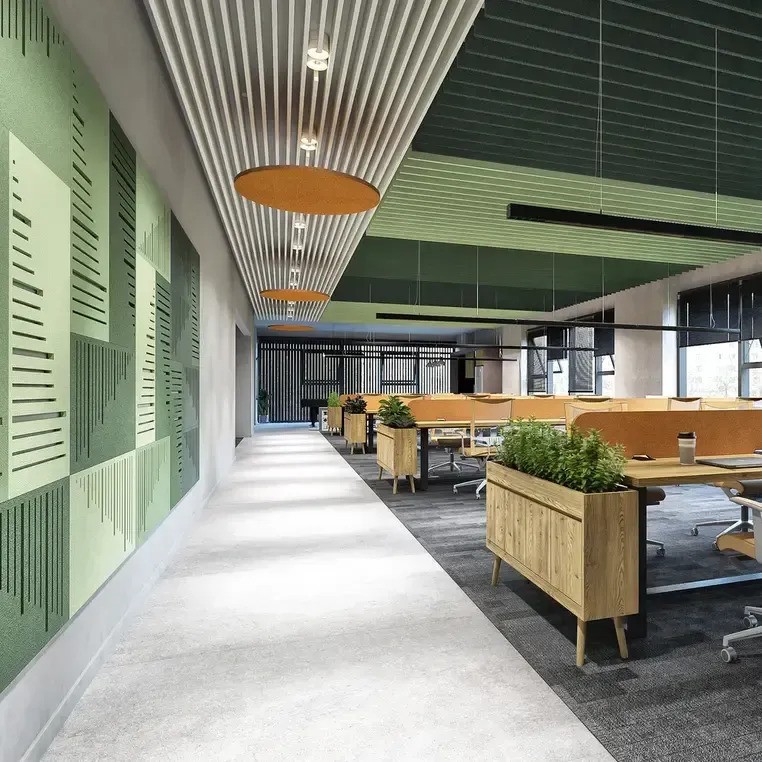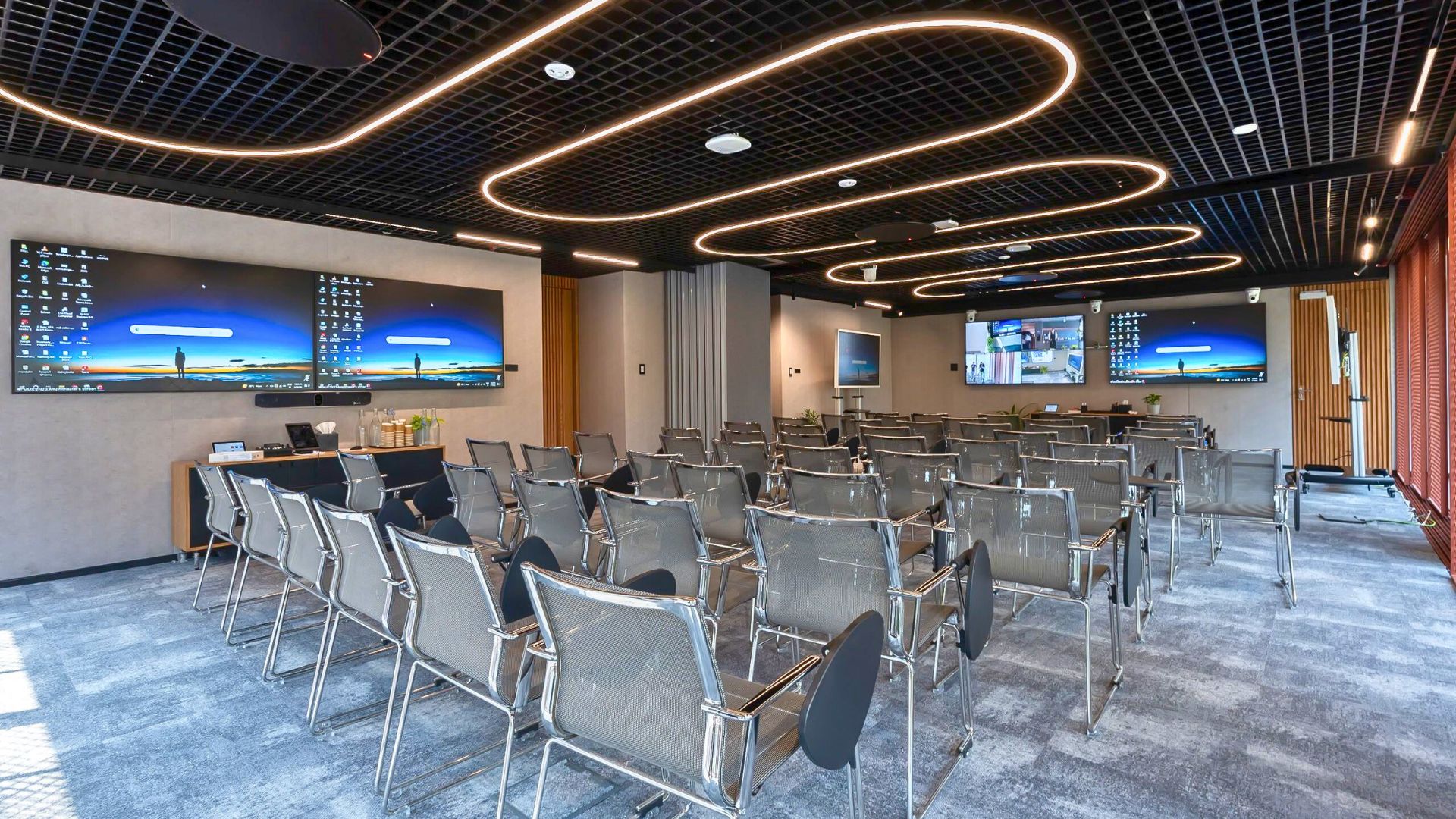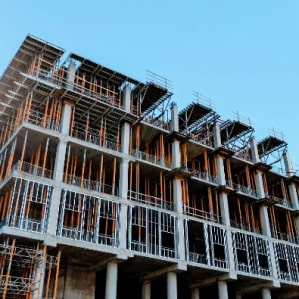Introduction
Have you ever sat in a meeting room with incessant sound echoes or attended a meeting where you had trouble hearing the speaker? You’re not by yourself. Research indicates that 95% of office workers have auditory problems, resulting in lost time because of subpar acoustics. Sound clarity is essential for focus, engagement, and successful communication in professional settings. This guide explores the significance of acoustic treatment in meeting rooms, recommends the best materials, and explains key design decisions to maximize sound quality. These professional tips will assist in creating the perfect listening environment, when you’re remodeling building a conference room. Moreover, high-quality AV Solutions further enhance the effectiveness of acoustic treatments by ensuring seamless integration of audio and visual components in meeting spaces.
Key Considerations for Acoustic Treatment in Meeting Rooms
Controlling how sound travels through a room is the goal of acoustics, not merely lowering noise levels. Indoor sound quality is influenced by three main factors:
Sound Reflection
-
Hard surfaces like metal, concrete, or glass reflect sound waves and cause unwanted echoes.
-
Too much introspection in a meeting room might muddy the voices.
- Long reverberation times caused by excessive reflection make speech less intelligible.
Proper AV Integrators in India can recommend specialized acoustic panels to mitigate excessive reflections, ensuring clear and crisp sound transmission in professional environments.
Sound Absorption
Soft, porous materials such as drapes, rugs, and acoustic panels absorb sound effectively and help prevent echoes.
- Spoken words won’t “ring” through the room if they are properly absorbed.
- Improving general comfort and speech clarity requires reducing excessive reverberation.
- Acoustic absorption techniques play a crucial role in Audio Visual Solutions, ensuring that meeting spaces receive high-quality, distortion-free sound.
Sound Diffusion
Sound waves are broken up and dispersed by diffusers, which more uniformly distribute sound throughout the space.
- By doing this, “hot spots” are avoided, and no one place is ever excessively loud or too quiet.
- Diffusion keeps a natural atmosphere in huge meeting rooms, guaranteeing that all listeners can clearly hear the sound.
- The integration of AV Systems with diffusion techniques ensures a balanced and immersive audio experience across large venues.
Choosing the Right Acoustic Treatment Materials
The secret to getting clear sound lies in choosing the right materials for acoustic treatment meeting rooms. Here’s a breakdown of the top acoustic treatment choices for such spaces:
Acoustic Panels (Absorbers)
- Composed of timber slats with an acoustic backing, mineral fiber wrapped in cloth, or foam.
- Placed to absorb mid-to-high frequencies on walls and ceilings.
- Makes speech clearer and easier to understand by reducing echo and noise.
- The best locations are across from presentation displays, behind speakers, and at ear level.
- Improves clarity by assisting in the reduction of reverberation from 1+ seconds to 0.6–0.8 seconds.
Bass Traps (Low-Frequency Absorbers)
- Designed specifically to absorb low-frequency noises, such as deep tones and bass.
- Positioned where the bass accumulation is greatest, such as along the ceiling and in corners.
- Eliminates boomy or “muddy” sounds, improving the clarity of audio playback and vocals.
- Essential for conference spaces with sound systems or enhanced audio.
- Conference Room Audio Video Solutions leverage bass traps to fine-tune the audio experience and eliminate disturbances caused by excessive low-frequency sounds.
Diffusers (Sound Spreaders)
- Created with irregular surfaces to disperse sound waves in many directions.
- Placed on ceilings or back walls to disperse intense reflections.
- Keeps the sound level in the room balanced without being too loud.
- Ideal for enhancing natural sound in mid-sized meeting rooms.
Design and Layout Strategies for Optimal Acoustics
Strategic placement is essential for the effectiveness of even the greatest acoustic materials. The following design techniques are recommended by experts to maximize room acoustics:
Strategic Panel Placement
- Install ear-height absorptive panels on the ceiling above the table and around it in meeting rooms.
- To reduce echoes, install panels on the wall and baffles in the ceiling.
- In order to avoid issues with first reflection, treat the walls on either side and behind the speaker.
Flooring and Furniture Considerations
- Carpeted flooring absorbs sound effectively, preventing excessive noise reflection.
- Using soft, cushioned chairs instead of wood or plastic helps reduce reverberation.
-
Ornamental acoustic panels, bookshelves, and plants naturally diffuse sound throughout the space.
Isolating External Noise
- Double-pane windows and soundproof doors keep out outside noise.
- Buffer zones, such as lobbies, help reduce distractions.
-
Install insulation to prevent noise from leaking into meeting rooms from hallways.
Conclusion
Efficient communication requires clear sound, not simply a luxury. You may maximize the acoustics in any meeting space by carefully integrating diffusive, isolating, and absorptive components.
Key Takeaways
- For clarity, use acoustic panels to control reflections.
- To avoid low-frequency distortions, use bass traps.
- To keep the sound environment balanced, install diffusers.
- Reduce outside noise to maintain the room’s attention.
-
Position materials carefully to achieve maximum impact.
Get in touch with us right now if you’re prepared to enhance your area with expert acoustic treatment. Every meeting and event will benefit from the clear, distraction-free sound.

